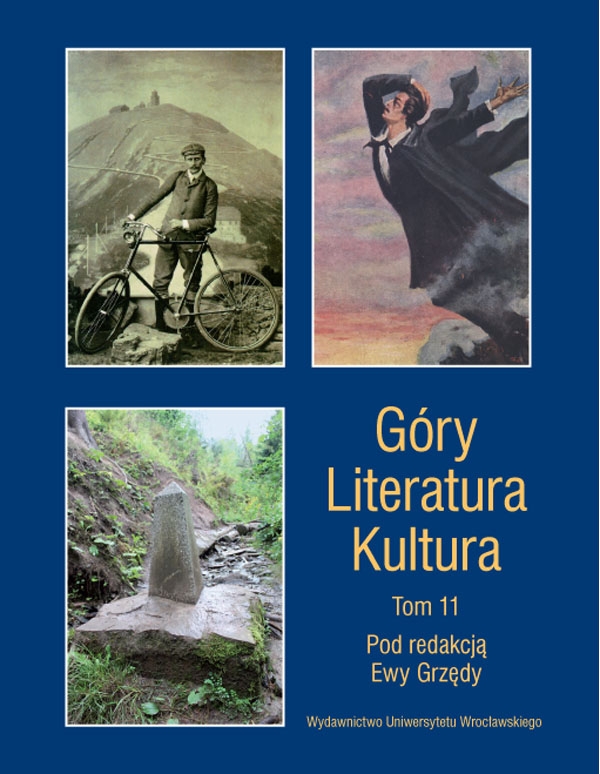

Rozprawy, studia, szkice

THE HISTORY OF POLISH HIMALAYAN MOUNTAINEERING. THE ICE WARRIORS AND THEIR IMPACT ON WORLD HIMALAYAN MOUTANEINEERING
The history of Polish Himalayan mountaineering, i.e. all ascended summits, new routes and records, is extremely rich and fascinating. It is impossible to describe all of this on just a few pages, which is why the aim of my paper is to describe the most outstanding expeditions, those that completely changed our thinking about Himalayan mountaineering and showed that we can deceive not only our bodies but also our subconscious.
The first attempts to ascend an eight-thousander were made as early as in the 1920s; unfortunately, they all failed. Owing to the harsh conditions in the mountains, the first successful ascent of an eight-thousander did not take place until 1950, when Annapurna was ascended. The first Polish expedition was organised in 1939. Unfortunately, the Second World War and the political situation in Poland prevented Polish climbers from making further attempts for many years. The political situation in the country made it impossible for Poles to travel abroad. But Himalayan mountaineering at the time was developing very rapidly. The Poles, hungry for success, wanted to go down in history. Given the fact that all eight-thousanders had already been ascended, the Poles began a new chapter — winter Himalayan mountaineering, challenging Edmund Hillary’s assertion that in winter no form of life had a chance to survive over 7000 metres above sea level. In my paper I focus on presenting the most remarkable achievements. I describe the Golden Age of Polish Himalayan mountaineering, like the first winter ascent of Everest or Krzysztof Wielicki’s extraordinary one-day ascent of Broad Peak. There is also room for expeditions featuring Jerzy Kukuczka, an icon of Himalayan mountaineering. Climbing two eight-thousanders in one winter season and establishing a new route on K2 are still unbeaten feats. A part of my paper is devoted to women. The first all-female expeditions headed by Wanda Rutkiewicz were also a Polish domain. The number of great achievements in the mountains are truly numerous. Each of them in described in the paper, as is the death of the greatest Himalayan climbers, which led to a crisis and revisions. The paper ends with a fragment concerning an attempt to revive Polish Himalayan mountaineering.